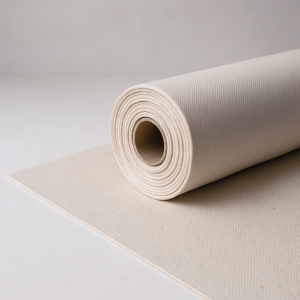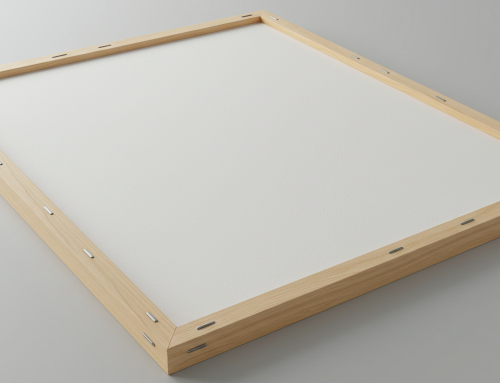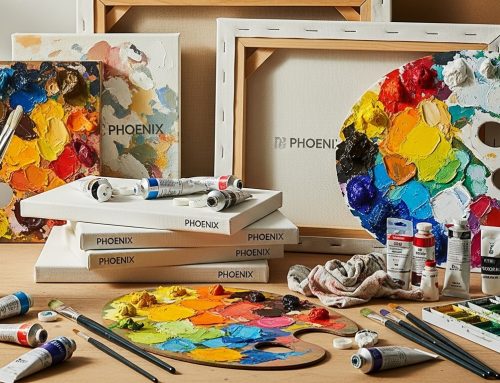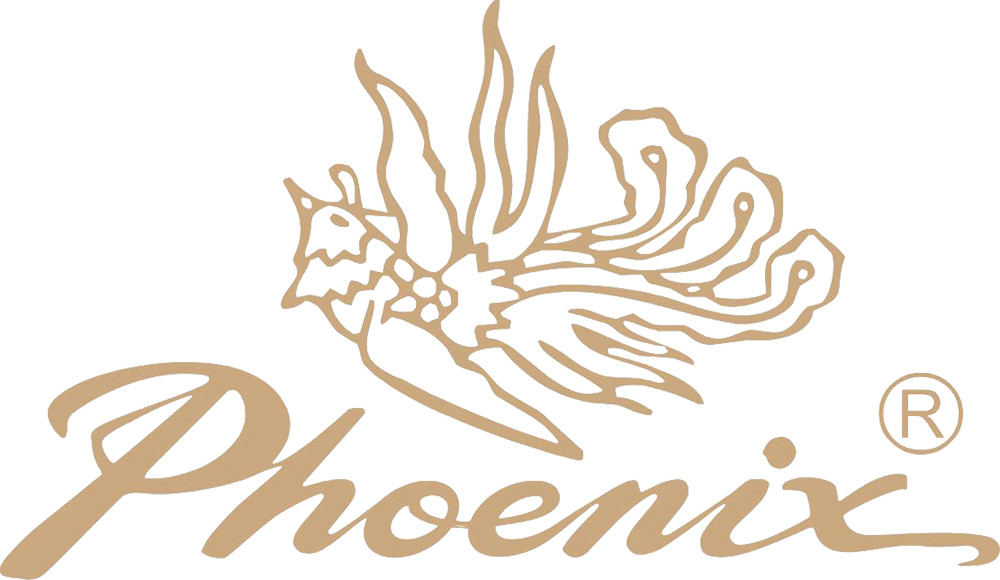Deep Guide to Cotton Duck Canvas for Painting and Artworks
Cotton duck, often known as duck cloth, duck, or cotton duck canvas, stands as the textile that has wide use woven into the fabric of industries from art and decor to education and beyond. This tightly woven, plain white material, derived from the Dutch word doek meaning “linen canvas”, ranges across 10 grades, from the lightest (No. 1) to the heaviest (No. 10), offering a sturdy foundation for countless applications. Renowned for its strength—once the backbone of the original duck tape—this cotton variant excels in painting supports, providing a reliable surface for watercolor, acrylic, and oil works. For wholesalers, dealers, and professional painters, understanding its properties and uses unlocks new opportunities in supplying top grade canvas art supplies and meeting diverse market demands.

What Is Cotton Duck Canvas for Artworks
Cotton duck canvas origin from the rugged sails of old ships, where its tightly woven structure earned its name— “duck” from the Dutch word doek, meaning cloth. Today, it’s prized in the art industry for its 100% cotton composition, available in weights from 10 to 30 ounces, with a plain or double-filled weave that offers a firm, absorbent base. This material shines for painting supports, providing a textured surface that holds paint well without excessive stretch. Unprimed canvas allow for custom preparation, while primed canvas save time for immediate use, catering to a range of artistic needs from delicate watercolor washes to bold acrylic strokes.
Cotton duck canvas has wide range of applications. Its natural fibers absorb moisture evenly, making it a solid choice for watercolor artists who value control over their medium. The tighter weave, often enhanced by modern manufacturing, resists fraying and supports larger canvases, a trait appreciated by those working on expansive murals or gallery pieces. For suppliers, it’s available in canvas rolls—typically 10 meters long and 183-210 cm wide—make it flexible for cutting to custom sizes, meeting diverse project demands.
Applications in Painting and Creative Projects
Cotton duck canvas serves a wide array of artistic and practical purposes, bridging traditional techniques with contemporary needs. In watercolor painting, its absorbent nature allows for soft gradients and layered effects, ideal for capturing the subtle beauty of landscapes. Acrylic artists favor its sturdy support for thick, textured applications, while oil painters appreciate its ability to handle heavy impasto without sagging. Beyond the easel, this canvas finds use in decor projects—think custom wall hangings or framed art for homes—where its natural texture adds warmth.
Educational settings thrive with cotton duck canvas, providing affordable, bulk-ready materials for classroom exercises or student portfolios. Case studies from art schools show its versatility, with teachers using unprimed rolls to teach stretching techniques, fostering hands-on learning. In commercial spaces, it’s transformed into durable banners or exhibition backdrops, its tight weave ensuring longevity under varied conditions.
Preparation and Customization Techniques
For unprimed canvas, applying a thin layer of gesso—acrylic-based creates a smooth, paint-ready surface. Start with a broad brush to coat evenly, allowing each layer to dry fully to prevent cracking, a tip drawn from years of artist practice. Stretching requires a sturdy frame; secure the canvas with tacks or staples, pulling taut from the center outward to avoid wrinkles.
Customization is where cotton duck canvas shines for suppliers and artists alike. Canvas rolls, often sold in half-widths for easy storage, can be cut to specific dimensions, accommodating everything from small sketches to large installations. Pre-stretched canvas save time, while unprimed canvas rolls offer the freedom to apply personalized grounds. It supports a range of painting styles, from fine details to broad sweeps, making it a favorite for tailored art projects.
Linen Canvas vs. Cotton Canvas
When choosing between linen canvas vs cotton canvas, each brings distinct qualities to the table. Linen, with its long, resilient fibers, offers a smoother, stronger surface, perfect for heavy oil layers and archival works destined for galleries. Its higher cost and less flexible nature, however, make it challenging to stretch without professional tools, limiting its appeal for quick setups. Cotton canvas, particularly the tightly woven duck variety, stands out for its affordability and versatility, absorbing watercolor washes and supporting acrylic textures with ease. While linen excels in premium longevity—ideal for museum pieces—cotton duck’s practical strength and lower price point make it a go-to for everyday art and educational use. This balance underscores cotton duck’s dominance, though linen remains a niche option for specialized projects, a topic ripe for deeper exploration in a future guide.
Wholesale Canvas art supplies
The art supply industry benefits from streamlined production, with factories capable of outputting thousands of meters monthly. Short lead times and bulk availability ensure suppliers meet tight deadlines, a critical factor for educational institutions and commercial printers.
Cultural Art Techniques
Canvas duck cotton adapts beautifully to cultural styles, such as the delicate washes of East Asian sumi-e or the rich, layered skies of European landscapes. These techniques leverage its absorbent weave, offering a canvas that respects tradition while supporting modern creativity.
Growing interest in eco-conscious materials has spotlighted cotton’s natural advantages. Sourcing from sustainable farms and using recyclable packaging can reduce environmental impact, a trend gaining traction among art suppliers and educators.
Beyond traditional painting, canvas duck cotton pairs well with acrylics for textured layers or oils for depth. Its sturdy base handles mixed media experiments, appealing to artists exploring innovative techniques.
Preparation Tips: Budget-conscious users can prime canvas with homemade gesso—mixing acrylic medium with chalk—saving on pre-primed costs. Stretching with affordable frames further lowers expenses, making art accessible to all.
Choosing the Right Cotton Duck Canvas
Selecting the ideal cotton duck canvas depends on your project and medium. Lighter weights (10-12 oz) suit watercolor and detailed work, offering a fine texture that holds delicate strokes. Heavier options (15-30 oz) support acrylic or oil, providing a robust foundation for thick applications. Unprimed canvas gives control for custom priming, while pre-primed canvas save time for busy artists. For wholesalers, consider roll lengths and width options—183 cm or 210 cm—to match bulk order needs. This versatility ensures cotton duck canvas meets the demands of both individual creators and large-scale suppliers.
The art supply sector is witnessing a surge in demand for cotton duck canvas, driven by the rise of art education and home-based creativity. Sustainable sourcing and durable materials are gaining attention, with suppliers exploring cotton from eco-friendly farms. Experts note the growing popularity of mixed media, pushing canvas to adapt to new techniques. These trends underscore the importance of choosing a canvas that balances quality, cost, and innovation, a focus that keeps the industry thriving.
Bulk Options about Cotton Canvas
Check supplier websites for the latest offerings and connect with art communities for insights. Your next project awaits with the right materials.
From cultural techniques to sustainable practices, cotton duck canvas shines in the art world. Dive deeper into its potential and elevate your craft with the right choice.





